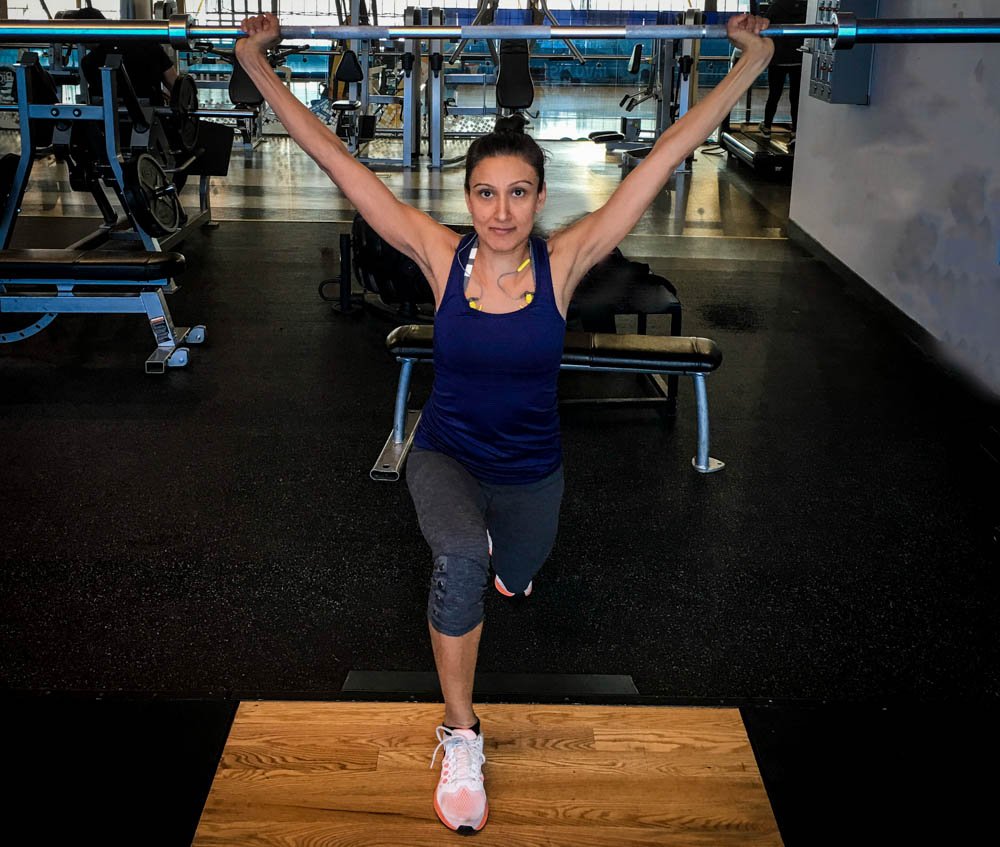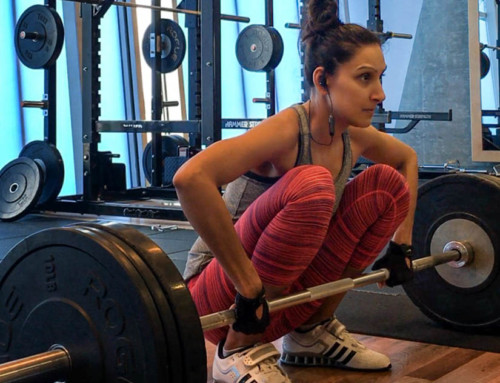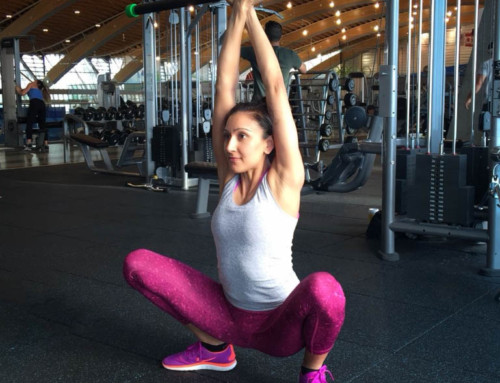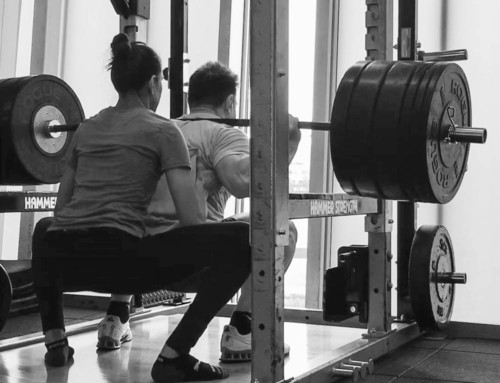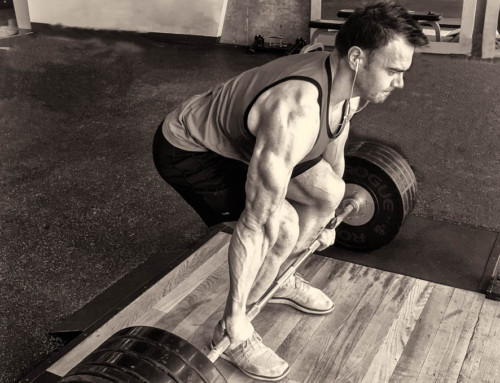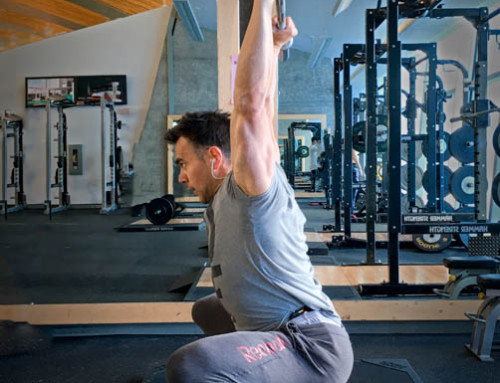Many of us exercise with a specific purpose. For some the purpose is health and longevity; while others train for aesthetics, attempting to achieve the body of famous athlete or Victoria Secret model. Still, some work towards a specific achievement of completing their first triathlon, while others focus on bench pressing 200 lbs (90.1 kg). At Science and Strength, our goals are to be Stronger Leaner Faster. Which include regular increases in strength, building more lean body mass while improving muscle recruitment and training efficiency.
Regardless of individual goals, we often search realms of the internet, books and magazines in hopes of finding the “yellow brick road” symbolizing an ideal training program. With so many available options, choosing the right program for specific goals seems daunting and endless.
In a pervious article, we discussed several points to consider regarding training program selection. The purpose of any successful regime is to continuously create new adaptations. By using the same routine, our adaptability traits are not challenged, thereby limiting or seizing any desired progress. Introduction of exercise variety or volume manipulation may temporary reignite some forward momentum; but progress is often short lived. In order to consistently advance towards our goals, the training needs to be systematic, building that “yellow brick road” one brick at a time. This is the basis for periodization.
Periodization — Evolution of Training
Many believe that periodization was created and practiced since beginning of 20th century. However, periodization is as old as organized training itself as seen in records of ancient China, Persia, Egypt, Greece, and Rome. Development of past empires relied heavily on military might which maintained its own physical sub-culture. Advancements in physical abilities of soldiers were continuously evolved improving desired skill sets for winning in battle. As time progressed fighting skills were broken down into movements; that were practiced, analyzed and modified in order to further improve performance. These physical skills continued to gain public popularity and individually performed through organized competitions depicted in ancient records of China, Egypt, Greece and Rome.
Records of ancient Greeks reveal training preparations for Olympic games. competing within specific sport activity. These training cycles had periods of preparation, competition and later, rest; which served as programming structure for earliest periodization plans. This ancient Greek model was used throughout centuries up until beginning of 1930’s, when Finland researches refined the formula based on the in-season and off-season.
After World War II, Periodization took another leap forward with the development of athletic culture within former USSR (Soviet Union). Young Soviet children participated in numerous organized sports which were free of charge within a Communist system. The massive surge of Soviet kids joining various sport and athletic clubs, created a large and genetically diverse pool for athletic potential. Soviet system quickly evolved, effectively analyzing young up-and-comers throughout the country, identifying talent and encouraging them towards Olympic sports. Sport science continued to evolve with many researches and field experts working closely with many athletic clubs. Soviet Union developed numerous national and local sport institutes where athletes were systematically supervised, analyzed and trained in their respective sports. Also, number of high-level Soviet athletes were becoming coaches and/or scientists after retiring from sport. This further enhanced country’s sport culture and development.
With such rich environment comprised of talented athletes, experienced coaches and scientists, training methods were excelled through practical implementation and technical analysis. Advancements such as 1-Rep Max (1RM) percentage range was designed by A.S. Prilepin, studying Soviet weightlifters work loads through volume (sets, repetitions and intensities). Another scientist, L. Matveyev analyzed results of Soviet athletes in 1952 and 1956 summer Olympic games. Through his research Matveyev discussed in manipulating training variables of volume and intensity as part of periodization.
Soviets named periodization phases as Preparatory, Competitive and Transitional. The length of periodized training was also adjusted for one year or longer; depending on competition schedule. The phases were further broken down into specific training sessions. Throughout 20th century, Soviet periodization structure continued to evolve as other scientists and coaches such as Bompa, Verkhoshansky, Issurin, Bondarchuk, Kaverin among others, continued to research training scheduling; further advancing principles outlined by Matveyev.
Periodization is for Everyone!
In 1950’s, studies of biological stress pioneered by H. Selye continued to evolve periodization training and, improve physical performance addressing negative impacts of fatigue. Selye developed a General Adaptation Syndrome (GAS) model demonstrating body’s response to stress. Selye classified stress into categories:
- eustress (good stress), which indicates muscular strength and growth and,
- distress (bad stress), which may lead to tissue damage, disease and death.
As every exercise program is designed to accumulate fatigue, GAS model was utilized by scientists, coaches and athletes to improve specific performance while avoiding overtraining.
Periodization or block training as it often called, is a system where exercise routines are organized into specific periods. These periods consist of training routines corresponding to whatever goal and/or biomotor ability the athlete is trying to improve on. Majority of exercise routines are served in workload waives consisting of volume and intensity.
Periodization is simply a step-by-step plan to achieving goals, and thus can be adopted by anyone of any age, sex, body shape and genetic disposition. By strategically applying training methods in sequence towards physical improvements, periodization is implemented by people of every activity spectrum—from professional athletes to everyday recreational lifters.
Program Structure and Design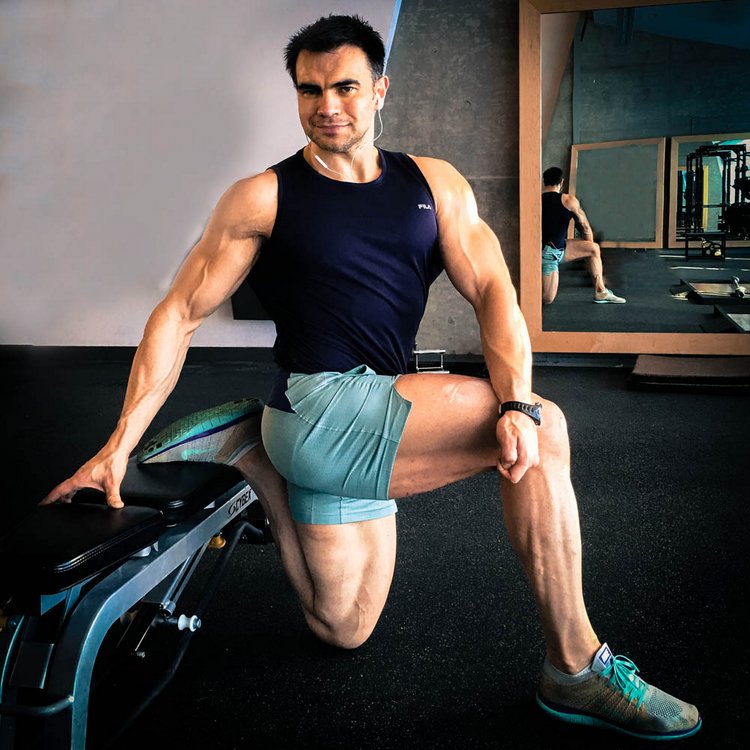
To set goals in motion, we need to know what they are and then break them down into stages (or, phases); working on each one for designated period of time. With each completed phase, we progressively alter specific variables within training program, thus promoting specific adaptations—be it in form hypertrophy, strength, endurance or speed.
The standard breakdown of periodized training cycle should have clear set points and look similar to:
Macrocycle refers to the overall training period towards our goal, and often represents entire year of training. This is the light at the end of the tunnel that we’re trying to get to.
Our Stronger Leaner Faster periodization training program macrocycle goals for 1-year are:
- Increase strength in all prime movers by 15 percent.
- Increase absolute strength by 15 percent.
- Increase relative strength by 15 to 20 percent.
- Increase lean body mass by 5 to 10 percent.
- Increase anaerobic capacity.
- Increase aerobic capacity.
- Decrease body fat percentage by 5 to 10 percent.
- Decrease body weight by 5 percent (increase LBM and decrease BF).
Mesocycle is a stage or phase of specific style of training. Schedule can be anywhere from two weeks to few months. Here, we can dial-in and focus on one to two things by manipulating mechanical variables often in linear fashion, resulting in desired body adaptations. As our main goal (macrocycle) consists of smaller bench marks, each mesocycle is designed to address one or more of these sub-goals.
Stronger Leaner Faster Him and Her
- Phase I: Anatomical Adaptation (aka Body Conditioning)
- Phase II: The Hybrid (Strength – Endurance)
- Phase III: Strength Training (Strength)
- Phase IV: Hypertrophy Strength (Strength – Endurance)
- Phase V: Power Development (Strength – Speed)
Microcycle is a short term training period, generally lasting one or two rounds of compiled workouts. These are the shortest training schedules, lasting around 7 to 10 days in duration. Microcycles are incremental steps in developing and maintaining progress. Microcycle provides continuous data of training progression and which reflects its effectiveness. This is where keeping a training log or journal of daily sessions becomes an integral part of overall success. The detailed exercise records regarding achieved volumes, intensities and frequencies paint an image of the body’s progress, adaptations and response to administered physical stress. Keeping track of fatigue accumulation is important for necessary training adjustments in order to maintain forward progress. Fatigue can and should be recorded in terms of how the body feels, overall mood and energy levels.
Different types of Periodization
There are different styles of training protocols, all structured to elicit a certain body response. For example, high volume comprised of moderate loads with medium sets and repetitions is often used to build lean muscle tissue (hypertrophy). On the other hand, if we’re after endurance, than we alter overall training volume by lowering intensity (light loads) while increasing time under tension (high repetitions / sets). The opposite is true for strength development as primary focal point; where overall volume is changed once again by decreased set-repetition range while progressively loading the bar towards 1-Rep Max territory (often in a linear fashion). Now, organizing these different training methods in various sequences or combinations creates further stimuli versatility producing multivariable adaptations.
One of these forms of organizing training is called block or coupled system. This periodization system designates each phase to focus on one or two specific skills or abilities. Its the most common style of periodization, where overall training is built in stages, each giving a platform for the next. The standard progression would entail a “body preparation towards the main goal” of: hypertrophy, strength component and power development. This is precisely the foundation of our 1-year training towards Stronger Leaner Faster Training books.
The second form of periodization is called parallel or concurrent system. This periodization engages numerous training styles at the same time. To take the previous phase naming conventions, this style of periodization is “the jack of all trades” where abilities for strength, endurance, speed and power are often trained within the same or overlapping periods.
Another form of periodization emerged as a combination between “block” and “concurrent” systems. Here, the overall goal may have a combination of various phases from each system, containing microcycles that alternate combination and number of training abilities.
As the training systems continue to evolve, so do their organizational schedules.
Final Thoughts
Periodization is an organized approach to training towards achieving fitness goals. This approach involves developing specific skills through cycling various training protocols within certain time period. The standard periodization cycle consists of macrocycle, mesocycles, and microcycles.
Macrocycle is the overall time period (often one year) where specific physical goals are established and realized. To achieve set goals, the training is broken down into sections or phases, allowing development of one or two specific skills. These training phases are called Mesocycles and can last anywhere from few weeks to several months. Mesocycle is composed of specific skill building exercise sessions, each often lasting around one week. These weekly intervals are called Microcycles containing projected training volume through daily exercise sessions. Microcycles are incremental steps where records are analyzed and future physical activity may be adjusted in order to maintain progress.
There are different types of periodization methods including block, concurrent or both (hybrid). Depending on training background and goals, programs can be tailored accordingly. For someone new to this style of training, block periodization is the best approach to get familiar with the program structure and design. Be sure to learn more about our Stronger Learner Faster Training Books as they are based on this concept. You can also download our free Sweater Weather Body Book by subscribing.
If you liked this article, please leave us a comment or share. Thanks!

